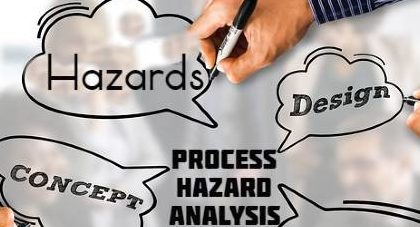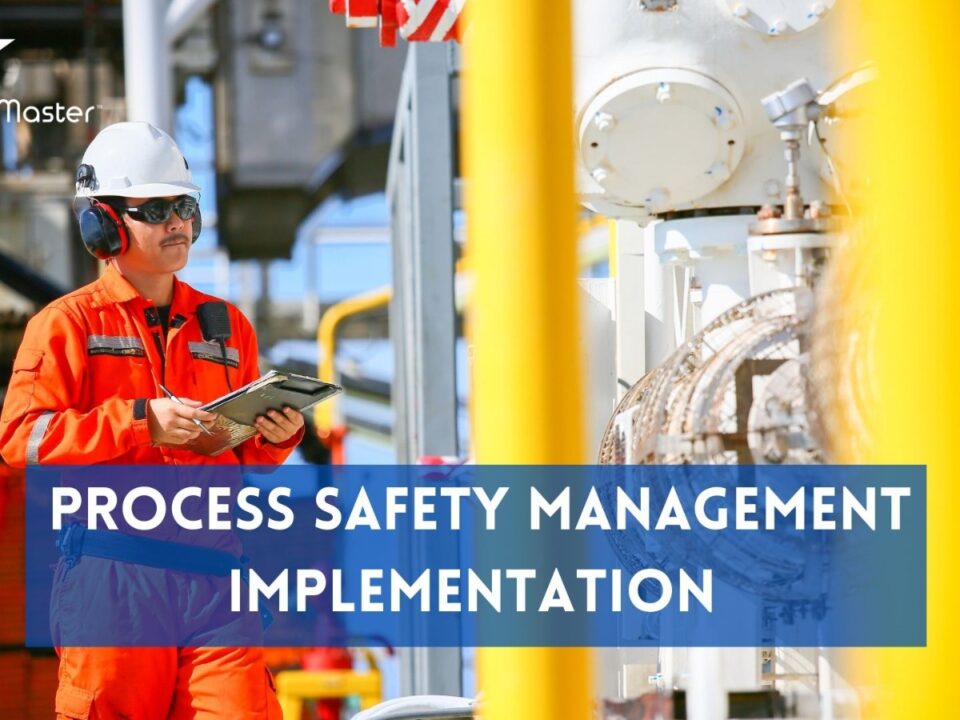Process Hazards Analysis

Enhancing Fire Safety: The Crucial Role of Fire Safety Audits
October 19, 2023
Ensuring Workplace Safety: A Comprehensive Guide to Conducting a BIS14489 Safety Audit
October 19, 2023In this article, we delve deep into the topic of process hazards analysis. Many industries involve complex processes that carry inherent risks, from petrochemicals to food processing. Failing to identify and assess potential hazards could lead to catastrophic consequences, including loss of life, property damage, and environmental disasters. So, what can you expect from this article? We will discuss the concept, importance, and methods of process hazards analysis, including the relevance of regulations and standards. By the end of this read, you will have gained a clear understanding of how process hazards analysis can ensure safe, efficient operations. Safety should never be compromised, and we promise to provide valuable insights that could prevent future disasters.
Introduction
Process hazards analysis is an essential part of ensuring the safety and success of any industrial process. However, many companies fail to understand the importance of this crucial step, leading to avoidable accidents and incidents with significant human and financial costs.In this article, we will discuss what process hazards analysis is, why it is so critical, and what you can expect from a thorough analysis. We will also explore industry standards for process hazards analysis and look at the future of this essential process. By the end of this article, you will have a deeper understanding of how to keep your industrial processes safe and efficient
What is Process Hazards Analysis?
Process hazards analysis (PHA) is the systematic approach used to identify potential hazards in a process and assess their risks. PHA helps to prevent accidents, incidents, and losses by identifying safety issues before they occur.PHA is commonly used in the chemical, petrochemical, refining, and pharmaceutical industries as well as other sectors with complex processes. The primary purpose of PHA is to identify potential hazards that may arise during normal operations or abnormal conditions such as equipment failures or human errors.
PHA can be performed using various methods such as Hazard and Operability (HAZOP), What-if Analysis, Fault Tree Analysis (FTA), and others. Regardless of the method used, PHA typically involves a team of experts who systematically evaluate the process from start to finish to ensure all possible hazards are identified and addressed. Overall, PHA is an essential component of process safety management that ensures safer workplaces for employees and protection for surrounding communities.
The Importance of Process Hazards Analysis
The Importance of Process Hazards Analysis Process hazards analysis (PHA) is a vital tool for ensuring the safety and reliability of industrial processes. It involves identifying potential hazards, assessing the likelihood and severity of their consequences, and developing strategies to mitigate or eliminate these risks. PHA is essential for preventing accidents, minimizing downtime, safeguarding employees, and protecting the environment.
One of the key benefits of PHA is that it allows organizations to identify potential hazards before they can cause harm. By analyzing processes from start to finish, PHA helps ensure that all potential scenarios have been considered and appropriate safeguards put in place. This proactive approach can prevent accidents before they occur and save time and money by avoiding costly repairs or shutdowns.
Another important aspect of PHA is its ability to provide a comprehensive understanding of a process. By evaluating every step in a process, from raw materials to finished products, organizations can gain insight into how each stage affects overall operations. This knowledge can be used to optimize processes, reduce waste and inefficiencies, and improve overall productivity. Moreover, this holistic view can help organizations identify opportunities for innovation or improvement that may have been overlooked otherwise.
The Benefits of Process Hazards Analysis
Process hazards analysis (PHA) is a vital component of any safety management program in high-risk industries. PHA provides a systematic and structured approach to identifying potential dangers and risks associated with the manufacturing process. One of the primary benefits of PHA is that it helps prevent accidents, fires, explosions, and other catastrophic events.
By conducting a thorough PHA, companies can identify the critical failure points in their processes and take corrective action before incidents occur. This helps ensure employee safety while also protecting the environment and maintaining business continuity. Additionally, implementing best practices identified during PHA can lead to improved operational efficiency and cost savings over time.
Overall, the benefits of process hazards analysis are clear – it helps companies avoid costly accidents while increasing operational efficiency and promoting a culture of safety within the organization. Implementing PHA as part of a comprehensive risk management strategy is an essential step for any company operating in high-risk industries.
Industry Standards for Process Hazards Analysis
In the United States, the Occupational Safety and Health Administration (OSHA) requires facility operators to comply with the Process Safety Management (PSM) standard, which includes conducting a Process Hazards Analysis (PHA). This standard outlines specific requirements for PHAs and emphasizes the importance of identifying potential hazards and implementing appropriate controls to prevent accidents.
Other industry standards for PHA include those set by the American Petroleum Institute (API) and International Organization for Standardization (ISO). These standards provide guidance on PHA methodologies, documentation requirements, and how to perform follow-up actions. Adherence to these standards ensures consistency throughout the industry and promotes best practices in process safety.
Overall, compliance with industry standards is essential in ensuring that facilities operate safely. By performing thorough PHAs that meet these standards, facility operators can identify potential hazards before they become accidents and implement measures to prevent them. Furthermore, following recognized best practices improves process safety across the board, leading to fewer incidents and safer working conditions.
The Future of Process Hazards Analysis
As technology continues to advance, so will the methods of process hazards analysis. We can expect more sophisticated software and tools that can quickly analyze larger volumes of data.
One exciting development is the use of artificial intelligence (AI) in process hazards analysis. AI algorithms could help identify potential hazards and predict potential accidents before they happen.
There may also be a greater emphasis on collaboration and communication in process hazards analysis. This includes involving employees at all levels in the process, so everyone has a stake in safety and identifying potential hazards.
Overall, the future of process hazards analysis is bright. With continued innovation and collaboration, we can ensure that workplaces are safer for everyone.
Conclusion
In conclusion, process hazards analysis is a critical component of ensuring safe and efficient industrial operations. It requires a thorough understanding of potential hazards, as well as careful planning and implementation of preventive measures. By following industry standards and best practices, businesses can minimize risks to workers and the environment while optimizing their operations for maximum productivity. With ongoing advancements in technology and safety protocols, the future of process hazards analysis is bright, promising even greater levels of safety and efficiency in the years ahead.
At TSM TheSafetyMaster Private Limited we offer following services
TSM TheSafetyMaster® Private Limited
Unit No 221-451-452, SPL1/J, 2nd & 4th Floor, Sunsquare Plaza Complex, RIICO Chowk, Bhiwadi 301019, Rajasthan, India
Phone: +91 1493 22 0093
Mobile: +91 7665231743/9413882016
Email: info@thesafetymaster.com




